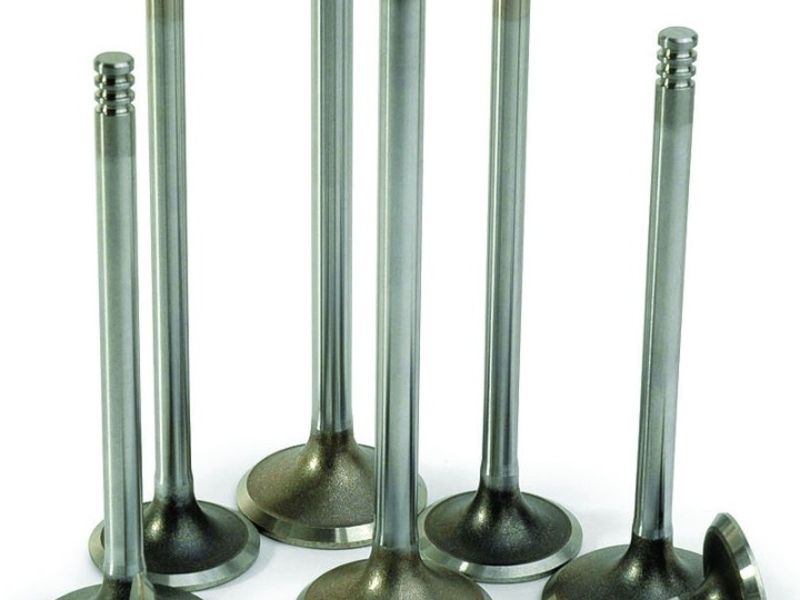
As the industry revels in new ideas to support vehicle electrification, power management supplier Eaton Corp. has focused its most recent innovation on gasoline-powered vehicles.
Eaton is introducing a new generation of hollow-head valves intended to improve fuel economy, reduce emissions and increase performance, primarily in internal combustion engines. The technology can also support hybrid vehicles.
The gains of the sodium-filled valve come largely from its new design.
By welding together two separate sections of the valve’s head portion, Eaton has achieved more flexibility in the sodium cavity design. This increases volume and creates better sodium flow compared with other hollow valves, said Pawel Wolski, valvetrain business unit director for Eaton’s Vehicle Group.
The resulting valves are able to cool down the combustion face and lower the chamber temperature, which increases the spark advance and air-to-fuel ratio.
“The advantage of this product is we don’t have any welding in the combustion face,” Wolski told Automotive News.
“From the design and engine performance, it’s a benefit as well.”
It is an innovation of a technology that’s nearly a century old. Eaton’s history in sodium-cooled valves, used for aircraft, goes back to 1930.
The advanced design will go into production in 2023 and promises a reduction in old-fashioned engine knock.
Wolski said the key to the design was altering the inside shape of the chamber and getting the right chamber capacity for sodium.
“The sodium is solid inside the valve,” he said. “When we prime the engine and we start seeing the impact of the combustion process, of course, the sodium becomes liquid,” Wolski said. “The valve going up and down in the engine creates this movement which is helping to transfer the heat out.
“This product, in comparison to the standard product, can reduce temperature by 99 to 100 degrees [Celsius], which is a significant advantage to OEMs,” he added. “Greater amounts of sodium give you greater opportunity to transfer out the heat, which is really the name of the game here.
“This product is helping [automakers] address this heating issue and also reduce the tendency of engines to knock.”
The mass of Eaton’s sodium-filled hollow-head valve is 15 percent lower than the corresponding hollow stem, and 25 percent less than solid valves. That enables friction reduction, since using a lighter valve results in less friction, he said.
The valve design also provides a 3.2 percent reduction in “brake-specific fuel consumption” at maximum power, Wolski said, referring to the measure of fuel efficiency for a moving part that burns fuel and produces rotational power.
“I would call [this valve] the evolution of our portfolio with our R&D capabilities and manufacturing sites around the world,” Wolski said. “It’s a natural process for us to find something that would improve the performance of gasoline engines and that will also improve the efficiency.
“At the end of the day, OEMs look for that.”

